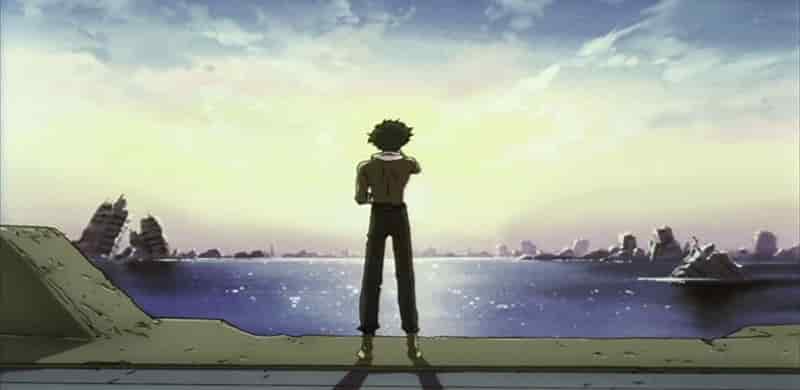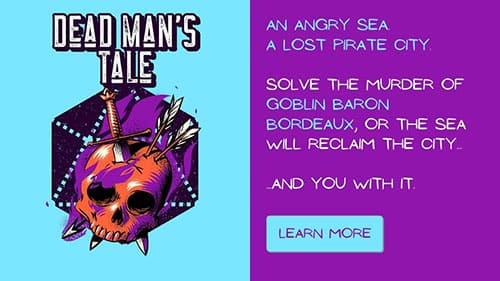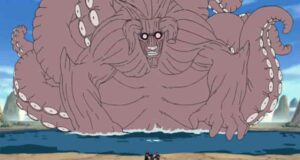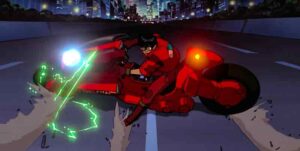In the western-based lore of Cowboy Bebop, the first astral gate, built in 2022 to orbit the moon, exploded in a devastating catastrophe. The resulting astral rocks fell to Earth in a massive shower, killing most of the planet’s population and driving civilization underground. These rock showers continue into the present, pushing humanity to colonize other planets in the solar system.
Apparently, no one truly has a home in the futuristic setting of Cowboy Bebop, as Earth is mostly a wasteland. What gritty, interstellar cowboy adventure would be complete without some sort of wasteland—am I right? And no, it wasn’t because of pollution or nuclear war this time.
So, what happened to Earth in Cowboy Bebop?
The Astral Gate Incident
First question is: what is an astral gate?
In the Bebop universe, humanity has reached a point in technology where hyperspace bridges are possible. In other words, people are able to jump between the planets of the solar system in a reasonable amount of time. This is technology based on eerie, next-level quantum physics—the slightest miscalculation could be catastrophic. And, of course, humanity found a way to produce this catastrophe.
First explored in session 6 Sympathy for the Devil, this incident changed the course of human history.
The gate itself was built in orbit of the moon. So, at least they didn’t end up blowing up the entire moon. But when the astral gate incident triggered, the cosmic explosion blew out a significant chunk of the this orbiting rock. Initially, Earth’s surface was pelted with a massive shower of these fragmented moon rocks, wiping out a huge swath of people and cities.
Black Budget Science
As a bit of a side note—shady science experiments are spread throughout this series. Crime is a massive element within the world of Cowboy Bebop, as is reckless capitalism. So, the destruction of earth was kind of different from pollution and nuclear war, and kind of not.
The way this science is presented is creepy and unsettling. A dash of cosmic horror complements the dark undertones of the crime story being told in a unique way. The villain of Sympathy for the Devil turns out to be what Spike thought was a child. With the gateway connecting strange cosmic forces, the side effects of that science can be otherworldly.
Another shining example of this eerie dark science appears in Pierrot Le Fou. Pierrot is a strange assassin, somewhat resembling Penguin from Batman. He isn’t human, and his isn’t sane. Once Spike finds himself in this enhanced assassin crosshairs, he realizes this is possibly an opponent he can’t beat. The horror of Pierrot’s mannerisms, personality and backstory made for one of the most memorable villains in the show.
The point is, as advanced as the technology is in this backdrop, the humans of the solar system live in a dystopian setting. There are dark corners to this society.
Related Posts:
Naruto: Japanese Mythology Explained
| Who is Akira?
|
Rock Showers and Human Civilization
Whatever moon rock fragments remained circled the earth in an asteroid belt, consistently raining down rock showers as if they were a natural weather system.
The result of this continuous disaster drove the rest of humanity in two different directions: underground and outer space. Being on the edge of space exploration in the first place, the surviving civilizations launched new spacecraft past the dangerous asteroid zone from their underground cities. Eventually, they colonized every inhabitable space they could find in the solar system—moons, planets and space stations.
Jamming with Edward brought the crew of bebop back to Earth. Not only did we meet the wild and brilliant Edward in these wastelands, we see the state of humanity’s home. There’s so much empty wasteland that Edward gets bored and hacks and old, artificially intelligent satellite out of boredom. They doodle across the earth’s surface with a laser, recreating Nazca lines like an art project as Edward dodges falling meteors.
The Impact on the Setting
In fact, these constantly falling meteors have deeper meaning within the story (as I noted in Why Did Edward Leave). This entire set up of a wasteland earth, combined with the colonization of new settlements, gives the show its western narrative flavor. It’s as if no one has a true home anymore, rambling across the cosmos.
As a whole, this search for a home is central to our main characters, which is why it’s such an interesting world building tool. It hammers home the fact that humanity has been split into outposts across the empty space of our solar system. Jet and Spike drift between these places, chasing outlaws that have a far range to run. In a way, they are on the run as well—but not from something they can actually run from.
Our heroes wander like a group of cowboys across the open wild. Not only do these sparse outposts give outer space the feel of the Wild West, they give a sense of loss as well. Space is empty and chaotic, and it mirrors the characters’ personal disasters. These personal disasters are central to each character’s growth: Spike, Jet, Faye, Edward, even Ein.
Ultimately, like the rest of humanity, the main characters could only continue to move forward. Sure, they don’t have the same safe haven of a planet as they used to have, but Earth is still around. Our heroes will have to figure out their future within this new era.
To Sum it Up
Cowboy bebop is a genre masterpiece with deep storytelling all around. The simple fact that Earth has been halfway obliterated gives the setting the feel that it needs. It’s almost as if the planet is more like a life raft or lonely island in a vast ocean, as opposed to the paradise it once was.
As a visual story, these desolate landscapes make Earth feel like another rock in space. This way, we have the appropriate amount of arid Wild West backdrops for our sunsets. Except, you know, sometimes it’s Mars or some moon of Jupiter.
Check out other Sci fi goodness.




